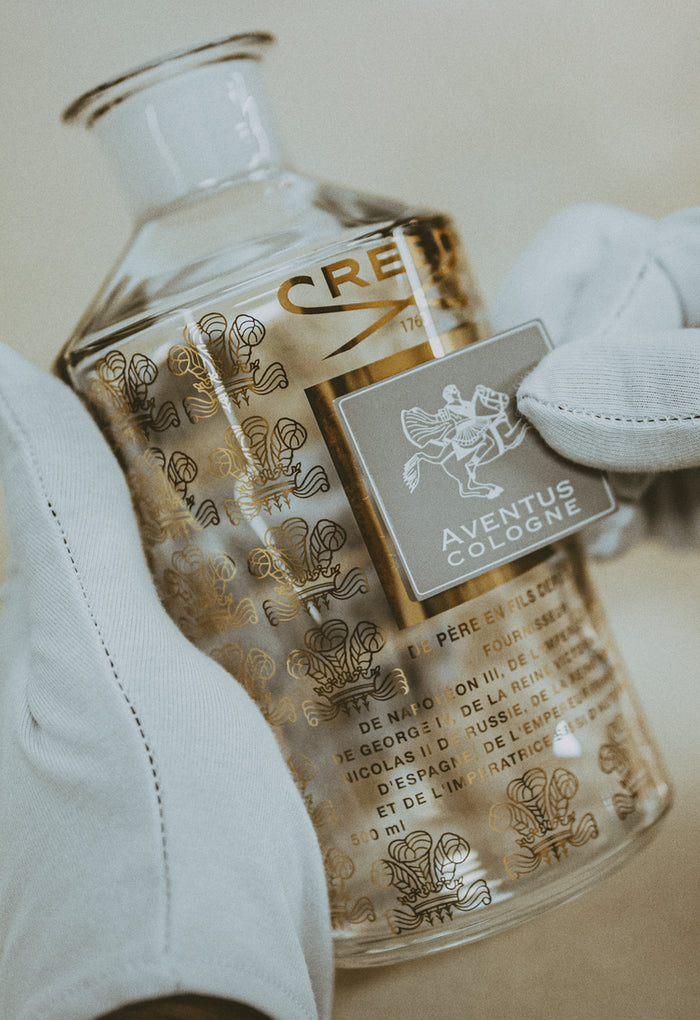Super Nature
Pink Peppercorn
Unrelated to the kitchen condiment black peppercorn, pink peppercorns are actually the berries of the Schinus molle, an evergreen shrub related to cashew and mango trees, and native to Brazil, Chile and Peru. Perfumers use steam distillation to produce an essential oil from the tiny pink berries, which has a red-berry aroma with a chameleon-like citrusy-woody-rosy character. Pink peppercorns bring a soft piquancy and sweetness to many contemporary fragrances, allowing citrus, floral and sensual woody and leather notes to shine through.
Orange Blossom
Widely grown in western India, eastern Africa and the Himalayas, the bitter-orange tree (Citrus aurantium) has delicate, waxy flowers that yield an essential oil obtained by solvent extraction. The resulting absolute has a sweet, intoxicating fragrance that feels close to the scent of jasmine (sharing some of the same animalic undertones). Used in fragrances from colognes to chypres and ambery, orange blossom complements other citrusy notes and is a natural fixative, enabling the true fragrance to last longer.
Verbena
Considered to have healing properties by cultures ranging from the Druis to the ancient Greeks, verbena (Aloysia citrodora) is said to have originated in South America’s rainforests. The deciduous shrub, which grows up to 16-feet tall, is now found in locations as far-flung as Australia, China, North Africa and the Mediterranean. Its long leaves, rather than its fleeting white flowers, are the source of the costly lemony essential oil, which is extracted by steam distillation only during the spring to obtain the best quality essence. A classic top note in many fragrances, verbena’s zesty, uplifting notes partner well with bergamot, lavender, patchouli, rose and sandalwood.
Geranium
With over 400 species, a spectrum of colors and fragrances ranging from apple to nutmeg, no wonder the geranium is a favorite. among perfumers, with Pelargonium graveolens or rose geranium the most commonly used. Native to South Africa, the plant is mainly commercially cultivated in Réunion Island and Egypt as well as Madagascar and China where they grow the Bourbon variety which, once its leaves and flowers are steam-distilled, yields the most valuable geranium oil. With its subtle hint of rose and uplifting green undertones, geranium is used in fragrance families from fresh colognes to herbaceous fougères, blending beautifully with bergamot, lemon and cedarwood.
Magnolia
Thought to be one of the most ancient flowering plants, magnolia trees may even have been in bloom when dinosaurs roamed the Earth. Originating in South East Asia and the Americas, hundreds of varieties are now grown around the world, with scents varying from creamy and sweet to citrusy and honeyed. Magnolia petals undergo steam distillation to extract the essential oil. Often paired with citrus notes, jasmine, ylang-ylang and lavender, magnolia adds a subtle brightness and freshness to floral perfumes.
Explore the Scents






